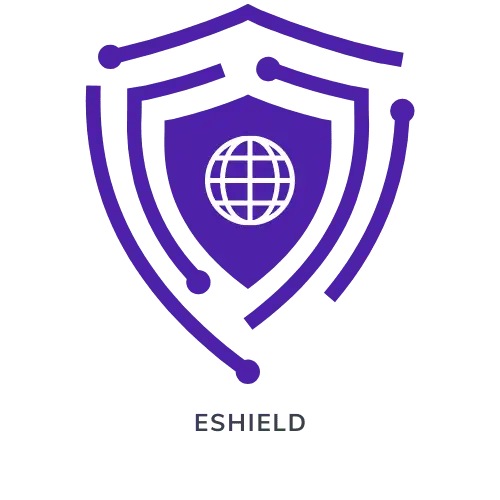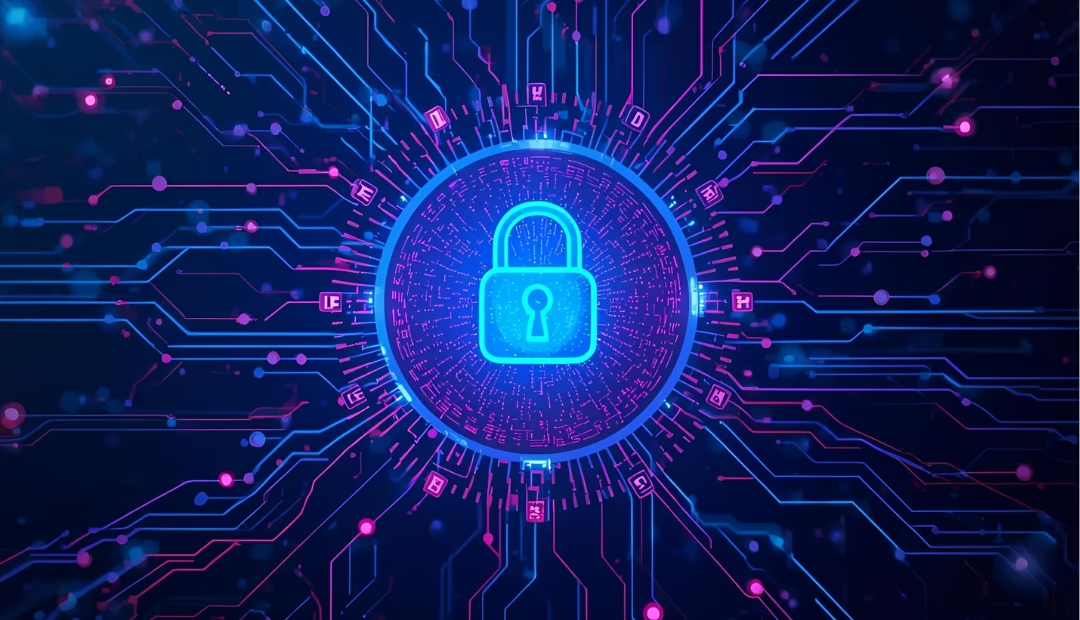Cyberattacks are becoming a daily reality for companies of every size. From phishing emails to ransomware and data theft, the risks keep growing. Experts warn that by 2025, cybercrime could cost businesses over $10 trillion a year. With so much work now happening online and in the cloud, protecting your systems is no longer optional — it’s essential. Cybersecurity isn’t just about software or firewalls; it’s about people, smart processes, and the right tools working together to keep your data safe and your business running.
Here are some of the key cybersecurity tools every company should know about.

1. Next-Generation Firewall (NGFW)
A Next-Generation Firewall is your network’s first line of defense. It carefully checks all incoming and outgoing traffic, identifies suspicious activity, and blocks anything that looks harmful.
Unlike traditional firewalls, NGFWs look deeper — they analyze traffic at the application level and detect modern threats that older systems often miss. This helps keep unwanted data out and prevents attackers from moving further into your network if they manage to break in.
2. Intrusion Detection and Prevention (IDS/IPS)
Even with a firewall in place, attackers can still try to sneak through or test for weak spots. That’s where IDS and IPS come in. These systems continuously monitor your network traffic for any signs of unusual or harmful activity.
An IDS spots suspicious patterns and alerts your team, while an IPS goes a step further by blocking the threat in real time. Together, they provide an extra layer of defense — detecting things like brute-force logins, malicious scans, or ongoing exploits before they cause damage.
3. Network Segmentation and Zero Trust Architecture
Network segmentation means dividing your network into smaller, secure sections so that if one part is compromised, the rest stays protected. It’s like closing doors inside a building — even if an intruder gets in, they can’t reach every room.
The Zero Trust approach takes it further: no user or device is trusted automatically. Every access request must be verified, no matter where it comes from. Together, segmentation and Zero Trust greatly reduce the damage an attacker can do and make your overall security much stronger.
4. Email Security and Anti-Phishing
Most cyberattacks start with a simple email — a fake message that tricks someone into clicking a bad link or sharing their password. Email security tools act as filters, scanning messages for phishing attempts, spam, and hidden malware before they ever reach your inbox.
Strong email protection can stop most threats at the source, keeping your employees and data safe from one of the most common ways hackers break in.
5. Web Application Firewall (WAF)
A Web Application Firewall protects your websites and online apps from attacks that target their code — like SQL injections or cross-site scripting. It analyzes incoming web traffic and blocks anything suspicious before it reaches your servers.
Think of it as a protective shield for your online presence, keeping your website safe from hackers who try to exploit security holes or steal sensitive data.
6. Secure DNS and Web Filtering
Secure DNS and web filtering protect users from accidentally visiting dangerous or fake websites. These tools block connections to known malicious domains and stop browsers from loading harmful pages.
They’re especially useful for preventing phishing, malware downloads, and other online traps that rely on tricking users into unsafe clicks. It’s a simple way to keep everyday browsing much safer.
7. Endpoint Protection Platform (EPP) –
Antivirus/Anti-Malware
Every computer, laptop, or server connected to your network is a potential entry point for attackers. Endpoint Protection helps secure these devices by scanning for viruses, malware, and other suspicious activity. It’s your first layer of defense at the device level — preventing infections before they spread and keeping your systems clean, stable, and safe to use.
8. Endpoint Detection and Response (EDR/XDR)
While traditional antivirus blocks known threats, EDR takes protection further by constantly watching devices for unusual behavior. It can detect hidden or new types of attacks — even those that don’t use files at all. When something suspicious happens, EDR quickly alerts your team and can automatically isolate the affected device to stop the threat from spreading. It’s like having a smart security guard watching every endpoint in real time.
9. Managed Detection and Response (MDR)
Not every company has a full-time security team watching for threats around the clock. Managed Detection and Response services solve that by combining advanced monitoring tools with real security experts who track and respond to attacks 24/7. MDR gives businesses constant protection, quick detection, and expert help when something goes wrong — all without needing an in-house security operation.
10. Identity and Access Management (IAM)
Identity and Access Management controls who can access what within your company’s systems. It ensures that only the right people — and devices — can reach sensitive data or applications. By setting clear access rules and monitoring logins, IAM helps prevent unauthorized users from slipping in and keeps internal systems organized, secure, and compliant.
11. Multi-Factor Authentication (MFA)
Passwords alone are easy to steal or guess — that’s why Multi-Factor Authentication adds extra protection. It requires users to confirm their identity in more than one way, like entering a code sent to their phone or using a fingerprint. This extra step makes it much harder for hackers to break in, even if they have someone’s password, and dramatically reduces the risk of account takeovers.
12. Privileged Access Management (PAM)
Some accounts, like system administrators or IT staff, have higher levels of access that can make or break your entire system. Privileged Access Management protects these powerful accounts by controlling who can use them, for how long, and under what conditions.
By monitoring and limiting access to critical systems, PAM helps prevent insider threats, misuse, or accidental changes that could lead to major security issues.
13. Security Information and Event Management (SIEM)
SIEM systems collect and analyze security data from across your network — servers, devices, and applications — to spot signs of trouble. Instead of checking logs manually, SIEM gives you a real-time overview of what’s happening and alerts you when something suspicious occurs. It helps teams detect attacks early and respond before small issues turn into major breaches.
14. Cloud Security Tools (CASB, CSPM, CWPP)
As more companies move to the cloud, protecting data outside traditional networks has become essential. Cloud security tools monitor cloud apps and services to detect misconfigurations, block risky activity, and safeguard sensitive information. They ensure that files, servers, and applications in the cloud stay protected — helping businesses stay compliant and secure while working from anywhere.
15. Data Loss Prevention (DLP)
Data Loss Prevention tools help keep sensitive information — like customer records or financial data — from being shared or leaked by mistake. They monitor emails, uploads, and file transfers to make sure private data stays where it belongs. By catching potential leaks early, DLP protects both your business and your customers from accidental exposure or data theft.
16. Vulnerability Scanning and Patch Management
Every system has weaknesses, and hackers are quick to exploit them. Vulnerability scanning helps find those flaws before attackers do, while patch management fixes them through regular updates. Keeping your software and systems up to date is one of the easiest and most effective ways to close security gaps and prevent known attacks.
17. Application Security (SAST/DAST, Secure Coding)
Many cyberattacks target the software itself. Application security focuses on finding and fixing weaknesses in your code before hackers can exploit them. By testing applications during and after development, and by following secure coding practices, companies can catch vulnerabilities early and prevent costly breaches later on.
18. Backup and Disaster Recovery
No system is completely safe, so it’s vital to have reliable backups and a clear recovery plan. Regularly saving copies of important data ensures you can quickly restore operations after a cyberattack, hardware failure, or other disaster. Backups act as your safety net — the last line of defense that helps your business recover and keep running even when things go wrong.
19. Security Awareness Training
Even the best security tools can’t stop every threat — people play a huge role too. Security awareness training teaches employees how to spot phishing emails, suspicious links, and other common scams. When everyone in the company understands how to protect data and recognize risks, they become a powerful human firewall against cyberattacks.
20. Network and Endpoint Encryption
Encryption keeps your data safe even if it’s stolen or intercepted. It works by locking information so only authorized users can read it. By encrypting files, devices, and network connections, businesses can protect sensitive data — whether it’s being stored, shared, or sent online — and ensure it stays private and secure.
Conclusion
Cybersecurity isn’t just an IT concern — it’s a business essential. As threats grow smarter and more frequent, companies need layered protection that covers every angle: people, devices, data, and networks. Start with the basics: strong passwords, regular updates, and employee awareness. Then build on that foundation with tools like firewalls, endpoint protection, and backup systems. Each layer adds resilience, making it harder for attackers to succeed.
In the end, good cybersecurity isn’t about fear — it’s about confidence. When your systems are secure, your team can focus on what truly matters: growing the business and serving your customers with trust.
For more detail you can refer to this OWASP top 10 https://owasp.org/www-project-top-ten/.


